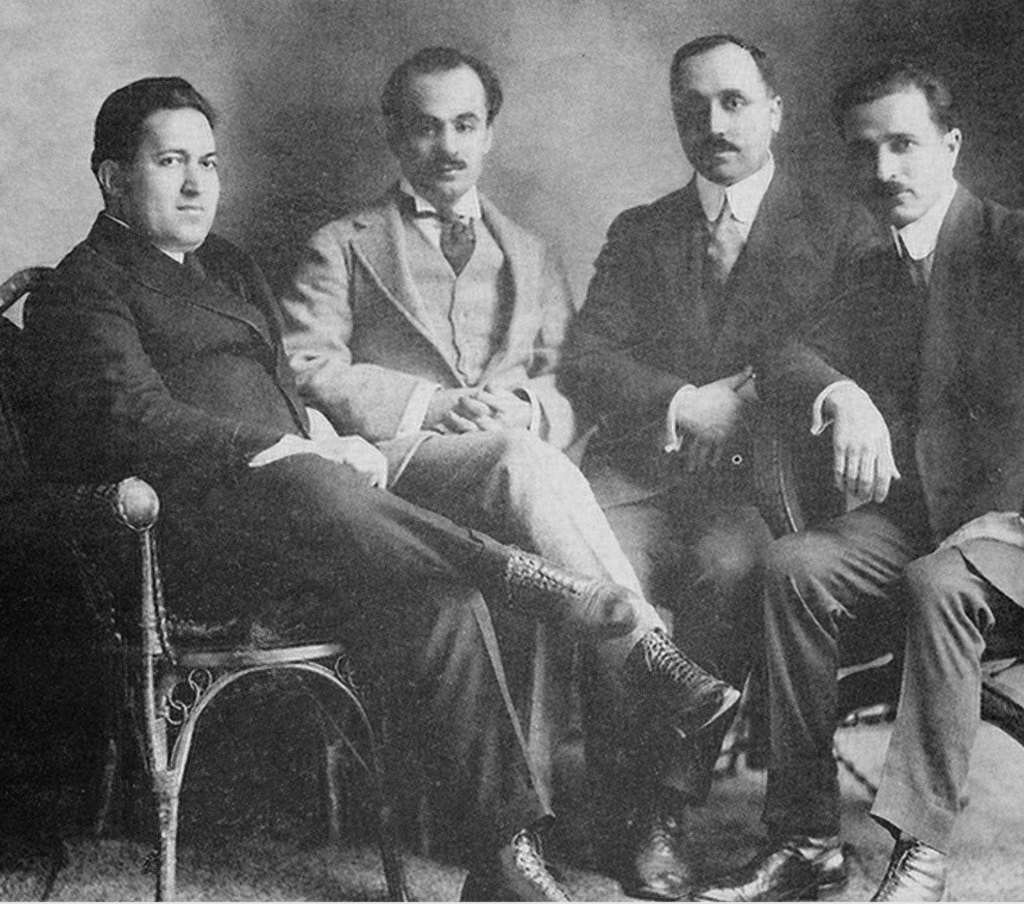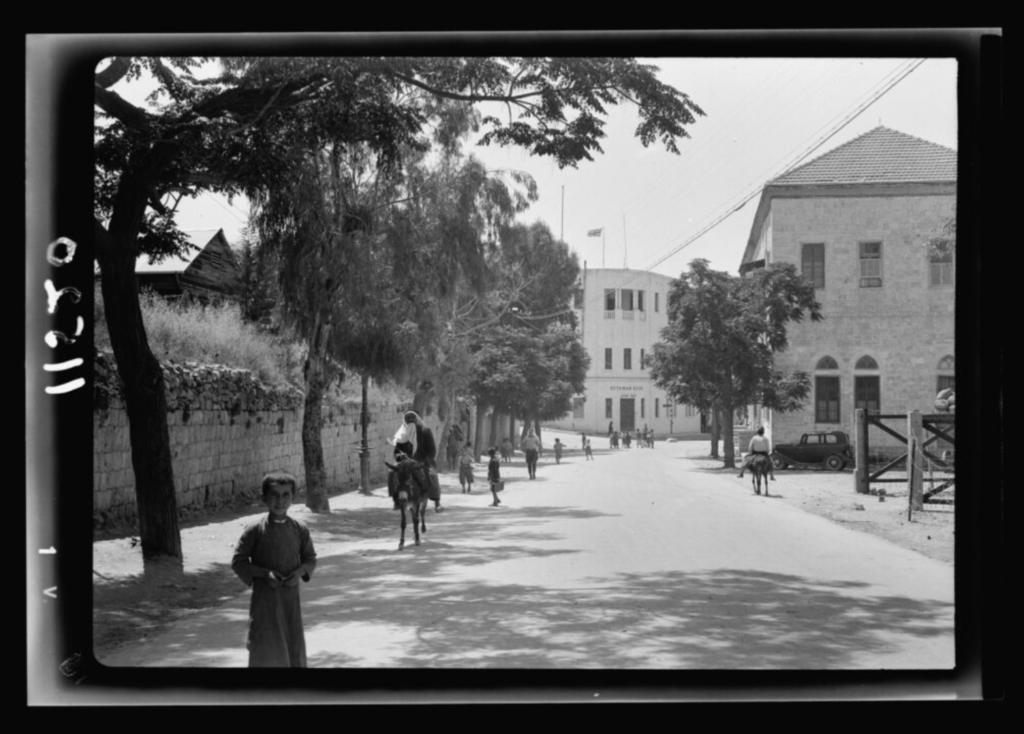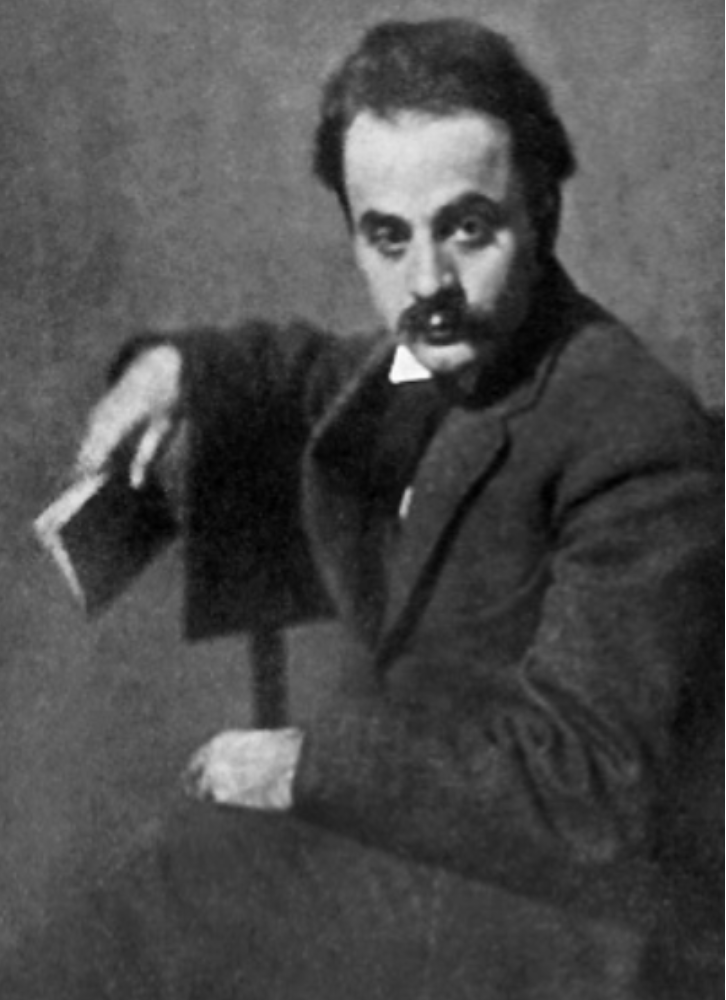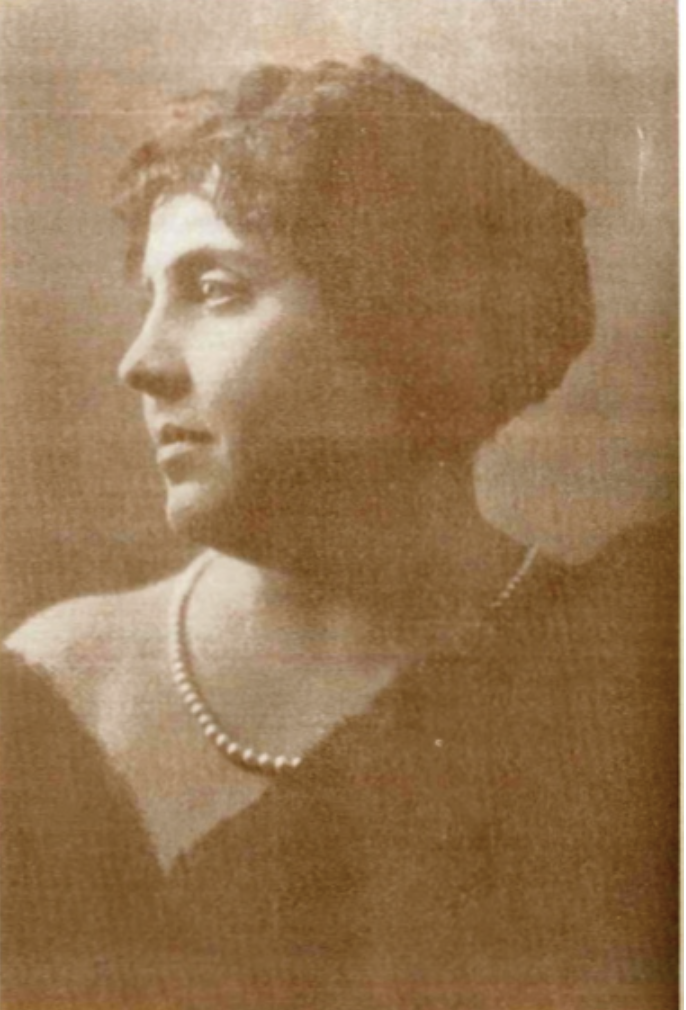The Mahjar Movement of the Americas

By Liam Nagle / Arab America Contributing Writer
There have been a variety of cultural movements in the Arab world – both in the Middle East and in North Africa. Movements like the Nahda helped to define what the “Arab nation” actually was. But did you know there was also a cultural movement amongst the Arabs in America right around the same time? This movement, referred to as the Mahjar or Al-Mahjar Movement, was a literary movement that flourished in the Americas in the late 1800s and early 1900s. As an increasing number of Arabs immigrated to the Americas, they brought their ideas of the Arab identity with them – helping to form similar movements at their new homes.
Origins and its Beginning

In the mid- to late-1800s, the Nahda – or Arab Awakening – was in full swing. In the Nahda, The Arab nation came to be defined by language and culture. This was partially a result of their resistance against the Ottomans, who pursued a policy of “Turkification” in the Arab-populated lands they controlled. Scholars and authors emerged in this landscape, often after having spent some time studying in European countries, and brought their ideas back to the Arab world with them. As Arabs came to become an identity, resentment and resistance to the Ottomans increased.
But not everyone would want to stay in the Ottoman-dominated lands. During a time period where immigration to the United States was on the rise, many Arabs left the Middle East and North Africa. Some sought to escape the persecution of the Ottomans, while others simply wanted to find work. And they didn’t just travel to the United States – although many did immigrate there, others actually left to go to Brazil and Argentina in South America. Whatever the case, they brought their culture – and the Nahda – with them.
With an ever-increasing number of Arab immigrants arriving in the Americas, it was only natural that a variety of poetry and prose began to emerge. Much of the literature produced by Arab immigrants was Arab Romanticist in nature. Arab Romanticism partially paralleled European Neo-Romanticism, sharing themes such as nonconformity, love, and spirituality. They were also highly influenced by American writers and poets, such as Walt Whitman.
The first Arab-language writings came in the form of periodicals and magazines, such as Kawkab America in the U.S. and Al- Faiáh in Brazil. Such writings lent a mouthpiece to Arabs who were involved in the literary industry, including those who would eventually help form the basis for the Mahjar Movement.
The Pen League

Soon afterwards, Arab literary circles began to form as well! The first Arabic-language literary circled was formed in Brazil in 1900 under the name Riwaq al-Ma’arii. However, one of the most prominent literary circles – and perhaps the most recognizable group from the Mahjar Movement – was formed in the United States in 1916. It was known as Al-Rabitah al-Qalamiyah, or The Pen League. Members of the League had already been working closely together since 1911, but began meeting in an official capacity in 1916, before being reformed into a larger organization in 1920.
The Pen League, in the words of its secretary, Mikhail Naimy, sought to “… lift Arabic literature from the quagmire of stagnation and imitation, and to infuse a new life into its veins so as to make of it an active force in the building up of the Arab nations.” In other words, the Pen League sought to bring Arabic writing to its former glory, and allow it to be yet another building block in the formation of the Arab nationality. Many members were also politically active outside of the organization, with many protesting acts such as the Mount Lebanon Famine (brought about due to the Allied blockades of Ottoman ports in World War One), as well as the formation of British- and French-controlled mandates in the Middle East.
Under the leadership of prominent Arab-American poet Khalil Gibran, the group helped to foster a distinct Arab-American culture. One of the most famous works published by one of the members of the circle was The Prophet, written by Gibran. The book deals with a variety of topics, particularly those having to do with the human condition – or the characteristics of human life. Originally published in 1923, it became exponentially popular for several decades after its release, even beyond Gibran’s death and the Pen League’s dissolution in 1931. Today, it is one of the most translated books of all time, having been translated into more than 100 languages around the world.
Afifa Karam

It’s important not to overlook the women writers of the movement – and one of the most significant writers was Afifa Karam. Born in Lebanon, she immigrated with her husband to Louisiana in 1897, where she continued to study Arabic language and literature. She began submitting her own novels to the New York City-based Arabic-language newspaper, Al-Hoda, in 1903. Some examples of these novels include Badi’a and Fu’ad, Fatima and the Bedouin, and The Girl of ‘Amshit.
She would later go on to found a magazine of her own, The New World: A Ladies Monthly Arabic Magazine, similar to other women’s magazines being created throughout the Arab world. Her work, and the work of other authors of the time period, were well encapsulated in her 1924 obituary written by Labiba Hashim: “a sword she brandished against traditions, awakening her countrywomen from the lethargy of inaction and ignorance. She walked before them, bearing the banner of literary freedom: ‘woman is the foundation of the nation’s ascent’.”
Conclusion
The influence of the Mahjar Movement, and Arab-American culture as a whole, remains vast. Although Arab immigration to the United States was curtailed in the Immigration Act of 1924, and the Mahjar Movement coming to an end partially because of this, the contributions of the writers from that era will never be forgotten.
Check out our blog here!








